We are delighted to be dedicating the final Vitrines instalment of our 2024/25 season to archive material, information and clothing that documents the dynamism of the independent fashion scene of Nottingham in the 1980s.
In the years following Beeston-born Sir Paul Smith’s ascendency from a 3x3m store on Byard Lane in 1974 – to bases in London, Paris and Tokyo – many local fashion brands were established, including several by graduates from ‘Trent Poly’, who bucked the moving-to-London trend by committing themselves to the city and starting a new generation of independent labels. Homegrown brands such as G Force, Olto, Vaughan & Franks, Katsu and Cocky’s Shed were a just a few…
These brands combined talent, style discernment, DIY attitudes and cheap rents to start labels, open shops, and form global influence and connection. At one point the city even gained its own style pages in the form of Déspatch, Relay and Débris magazines, providing content as broad ranging as fashion editorial featuring local and international designers, montages of nights at The Garage, and signposting visitors to the shops and studios that were physically and ideologically a long way from the High Street.
The fashion scene that developed placed equal importance on both studio and social time, building a network of close-knit creatives who collaborated and supported one another. This community incapsulated many of the same qualities that gave rise to other significant, and perhaps more well-known cultural communities such as the city’s music, cinema and contemporary art scenes.
The aim of this presentation is to celebrate and help establish a legacy for this important period within the city’s [sub]cultural history. An open call for materials will run in the lead-up and during the exhibition, allowing anyone to submit related materials that will join the exhibition and evolving noticeboard.
Accompanying the exhibition is a suite of specially commissioned essays by independent scholar Ian Trowell. Ian has also provided curatorial consultancy and research to this project, having interviewed several of the key protagonists of that era. Ian writes on subjects including UK subcultures, music, fashion, popular culture, art and media. His book Throbbing Gristle: An Endless Discontent was published by Intellect Books in 2023.
This exhibition has been co-curated with Dr Katherine Townsend, a researcher, educator, practitioner and Professor in Fashion and Textile Practice in the Fashion, Textiles and Knitwear department in the School of Art and Design at Nottingham Trent University.
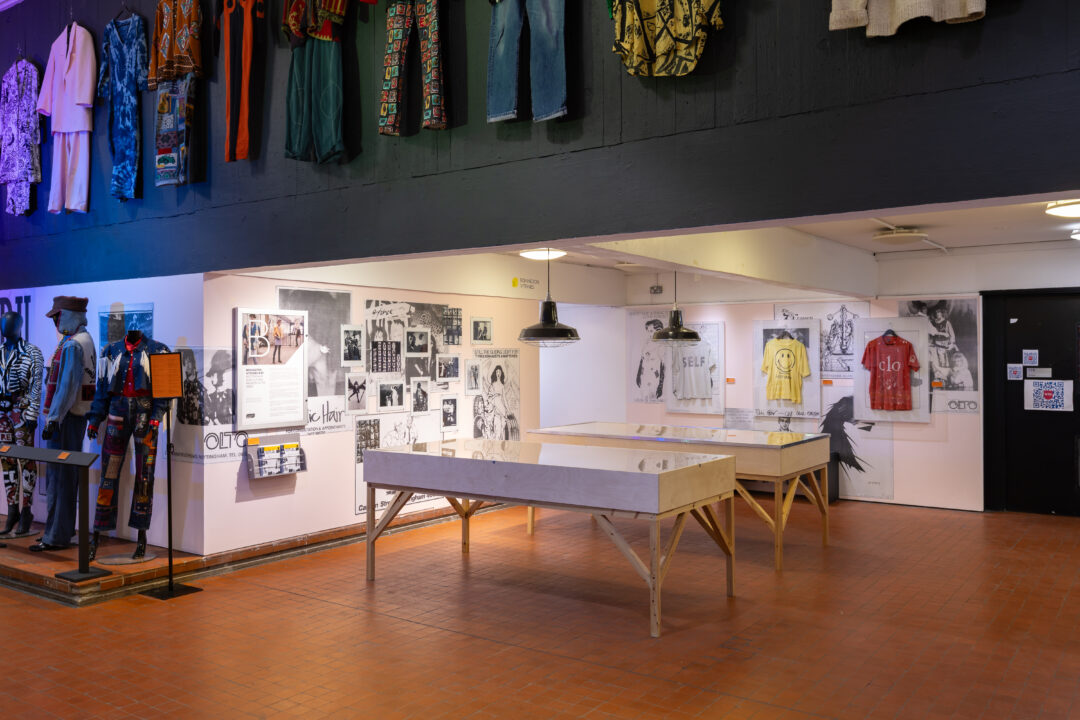
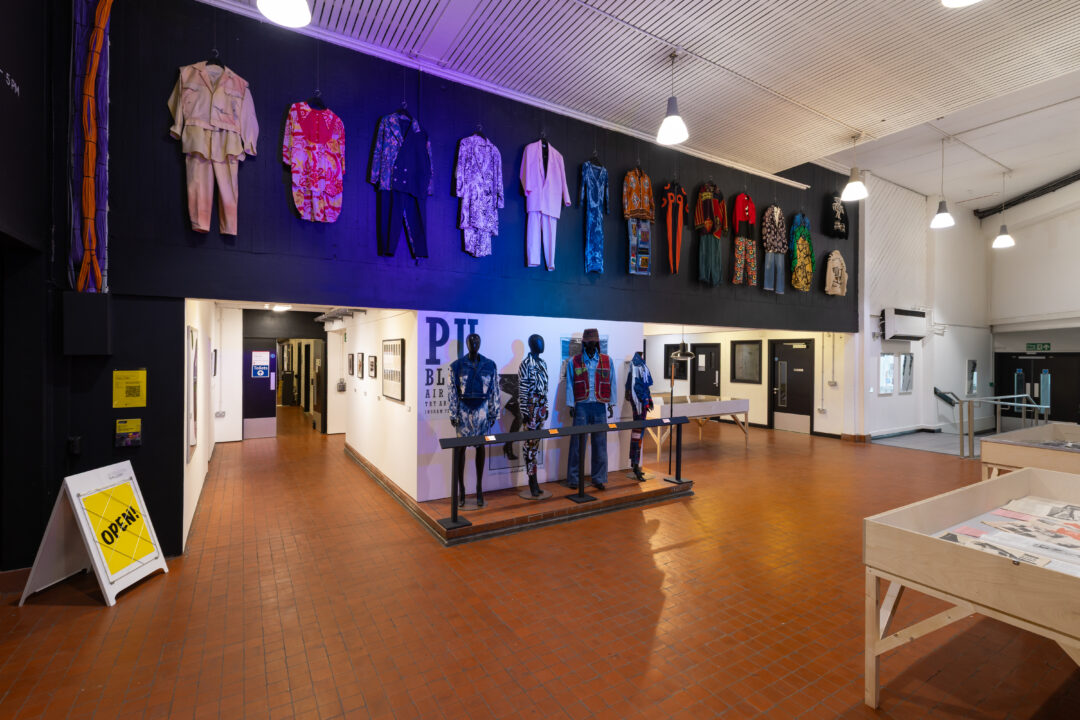
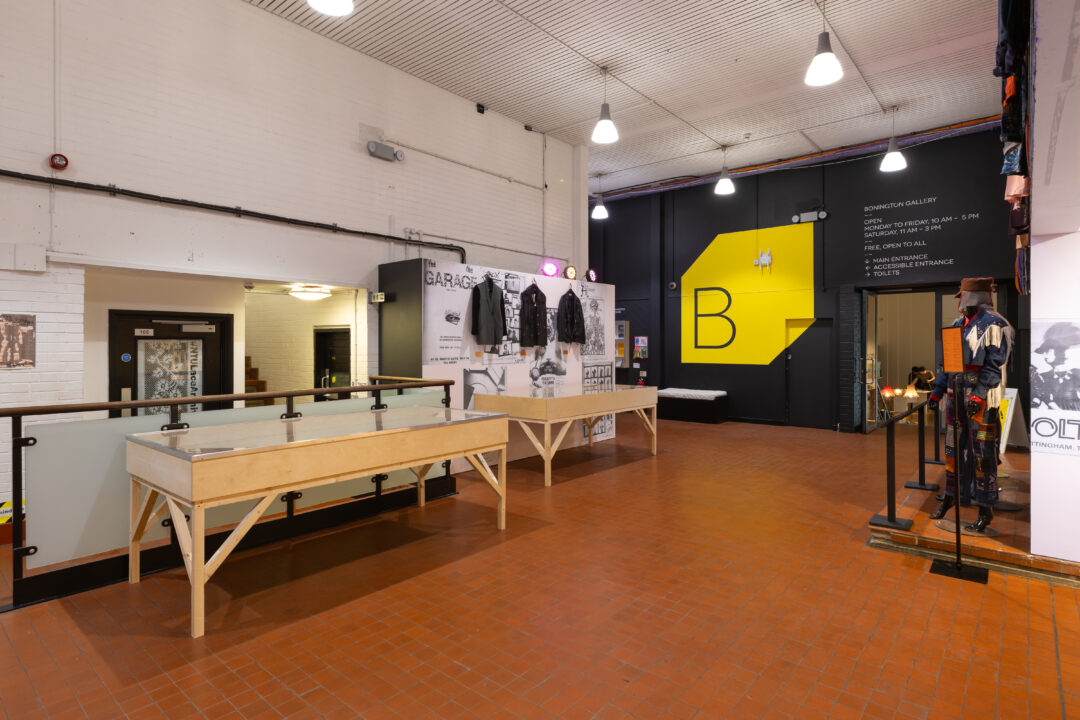
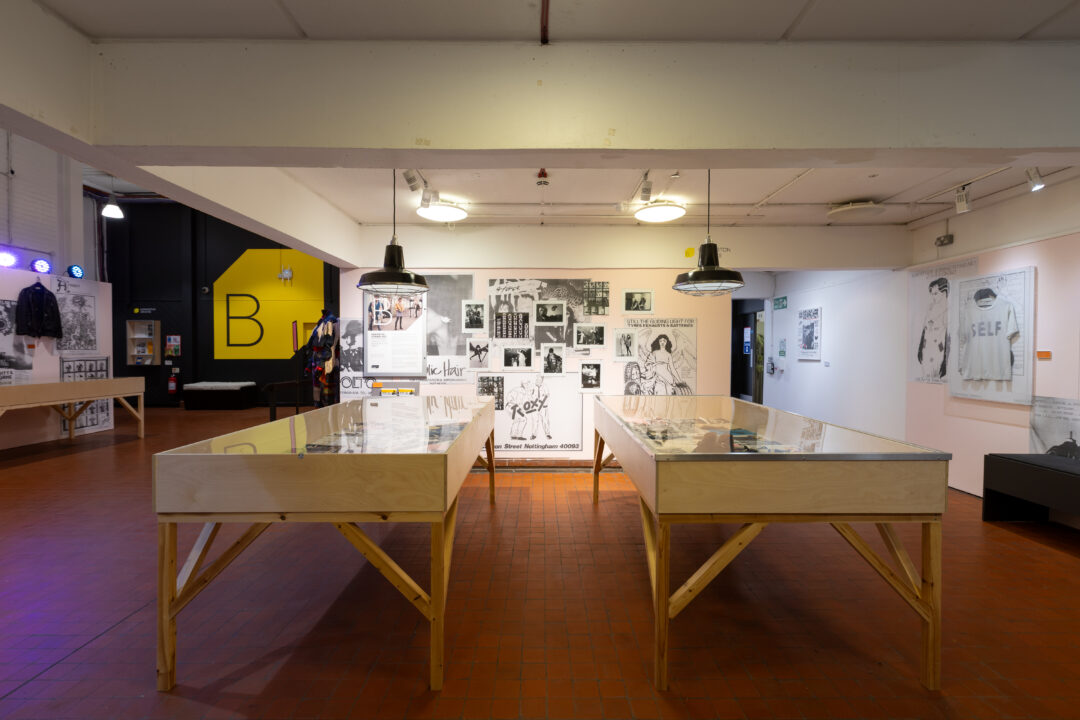
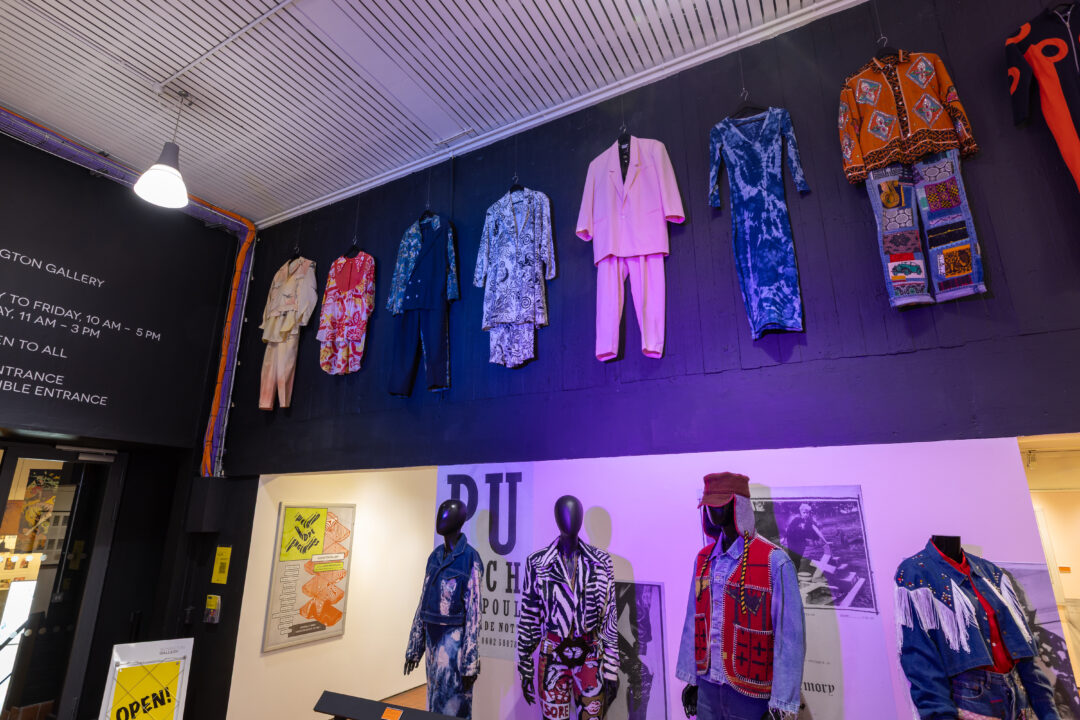
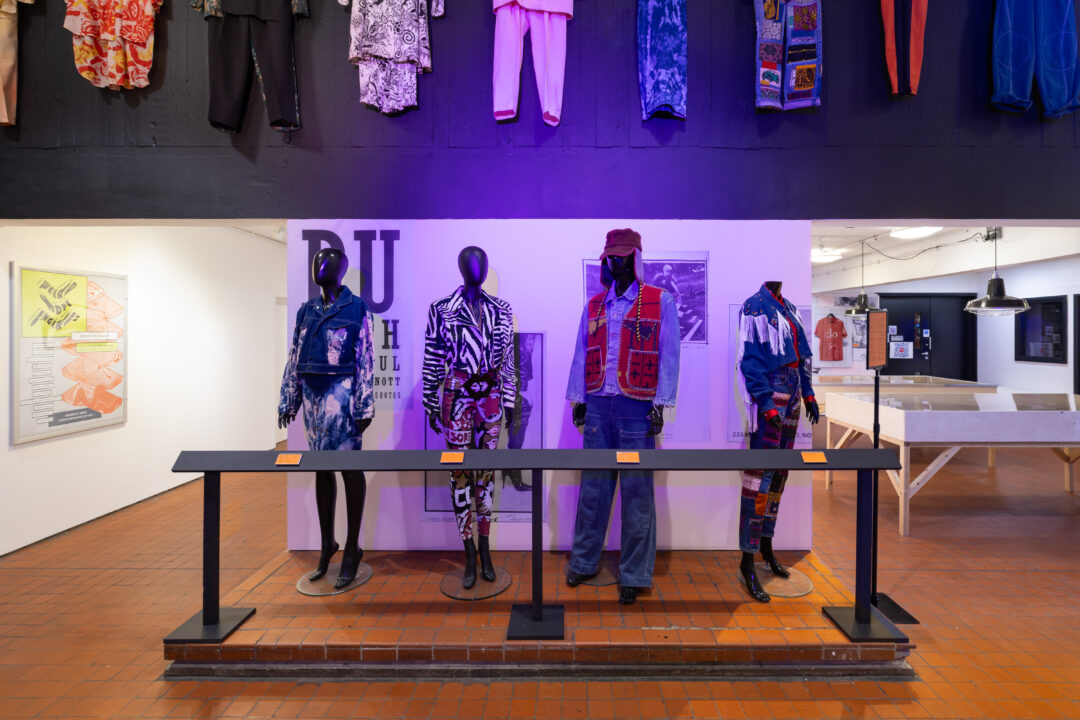
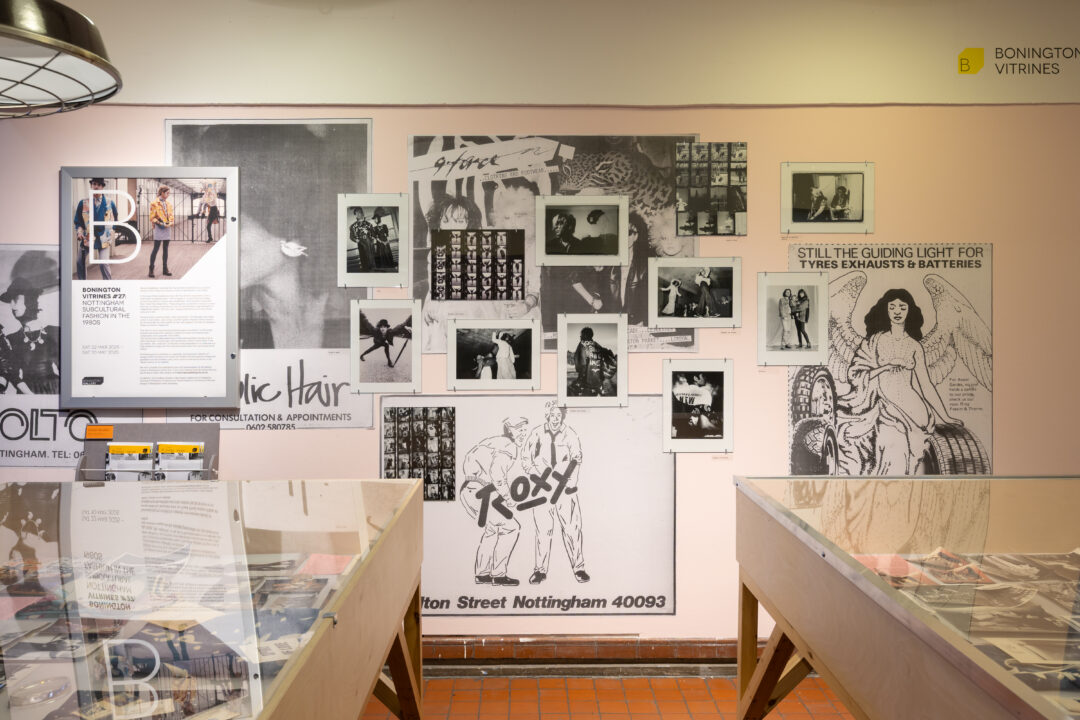
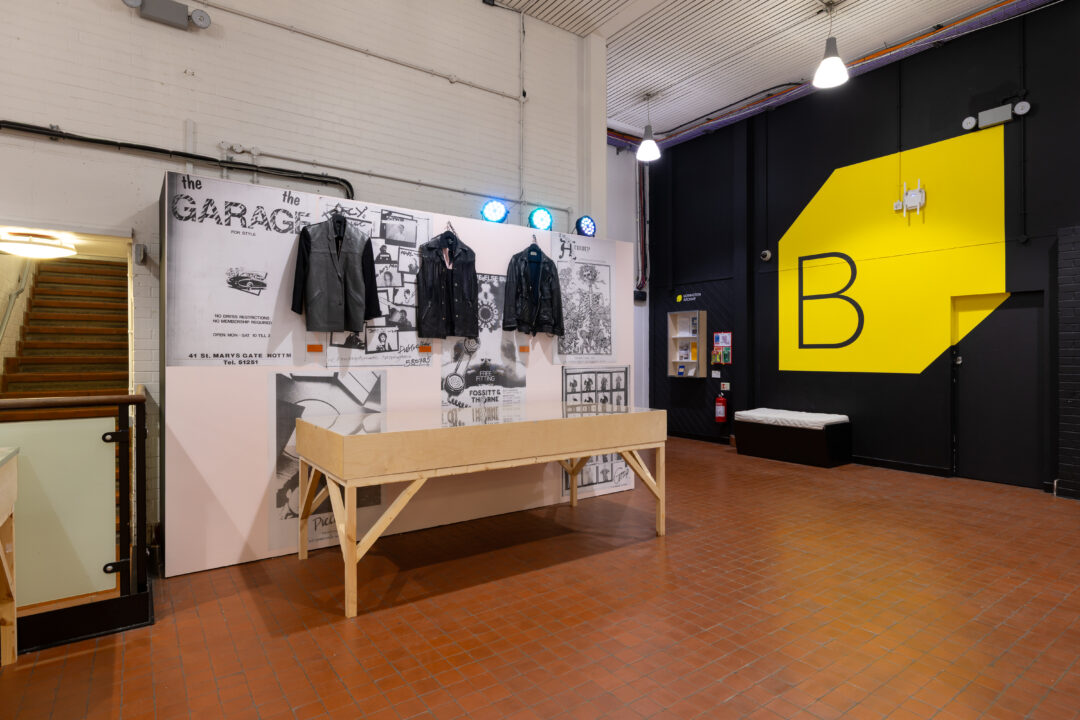
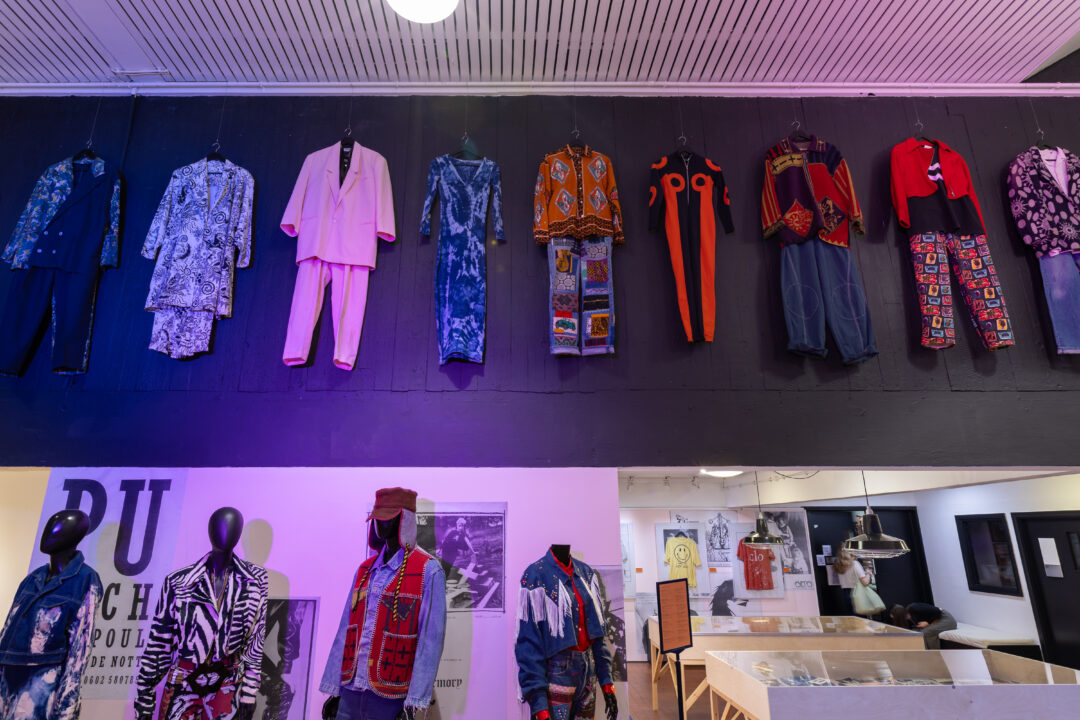
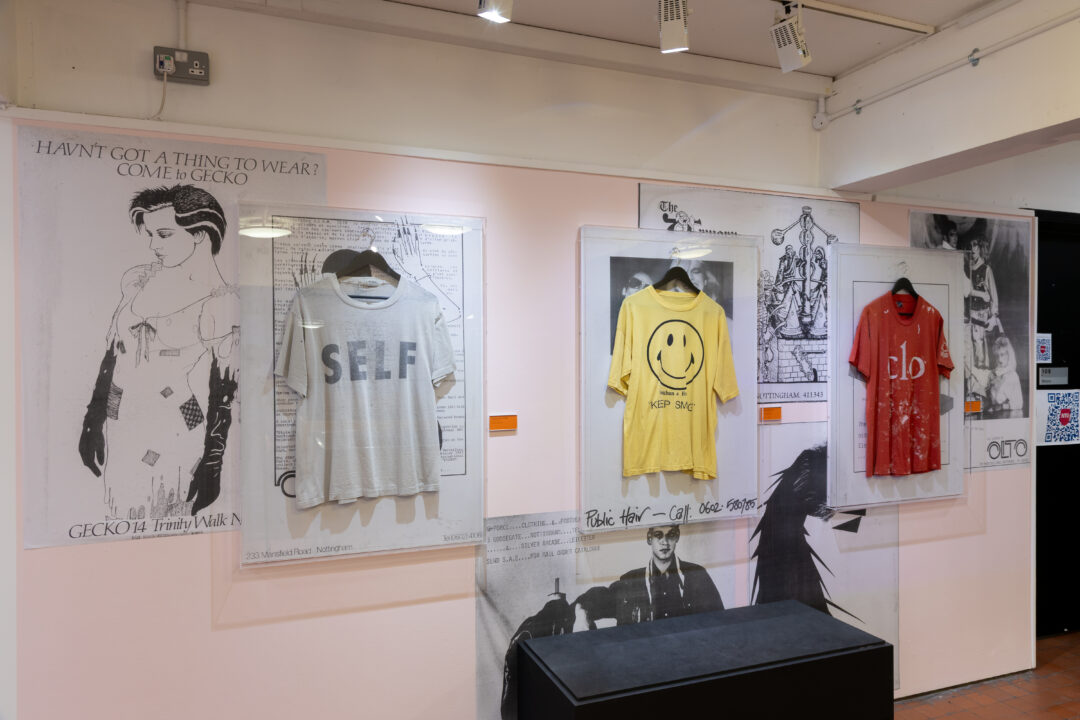
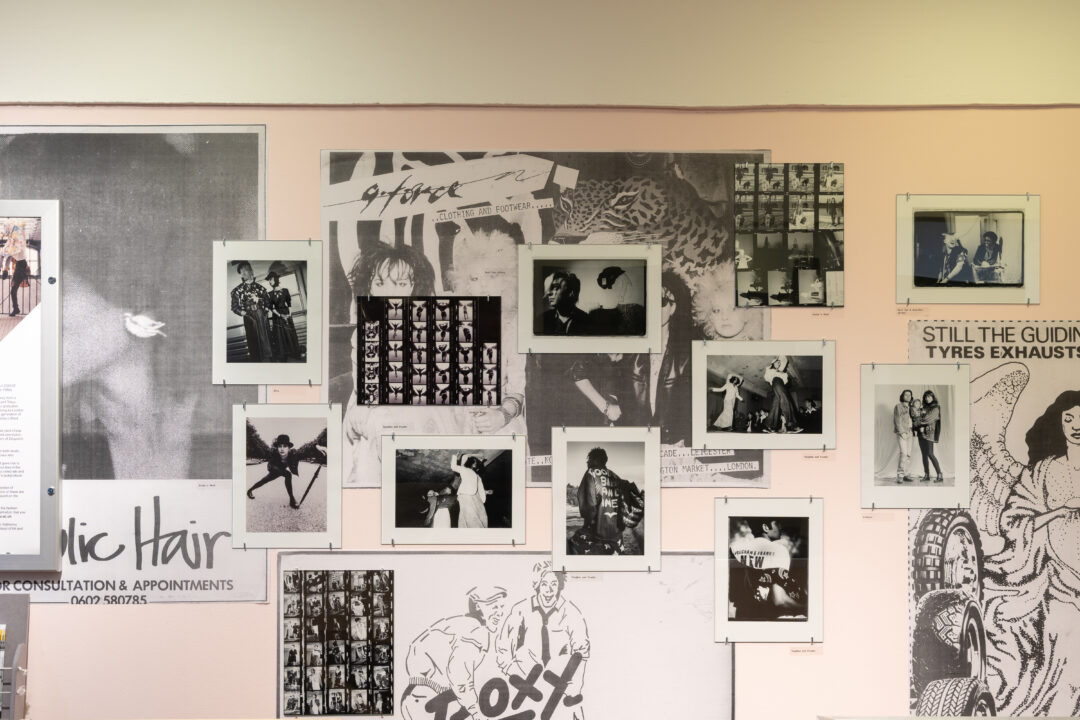
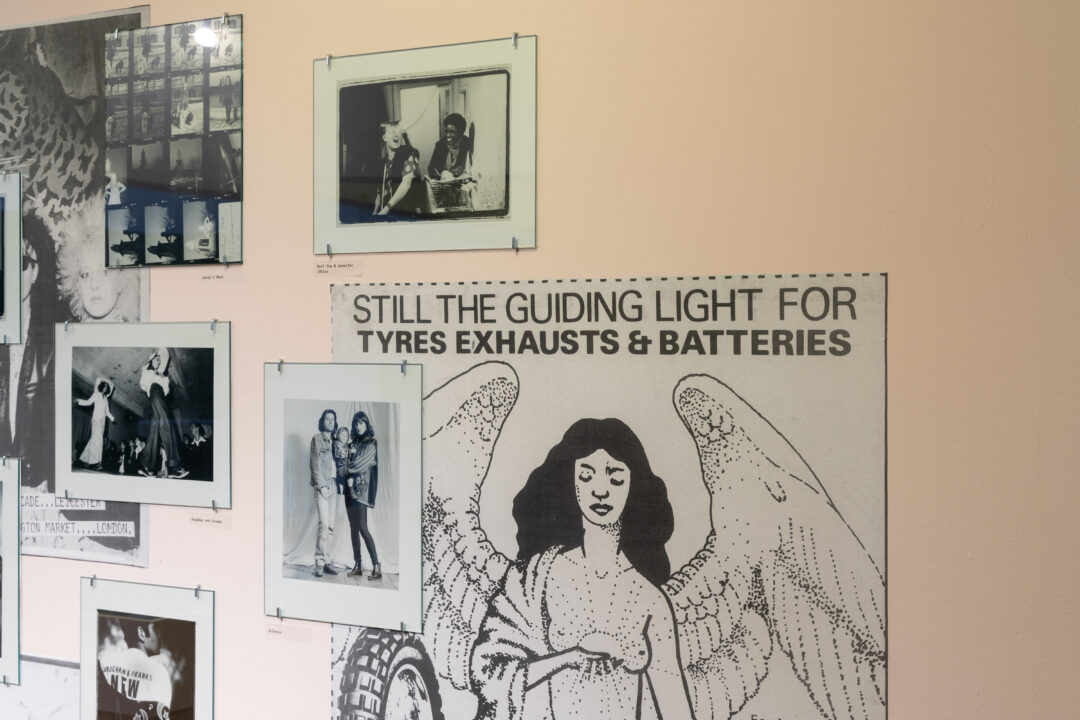
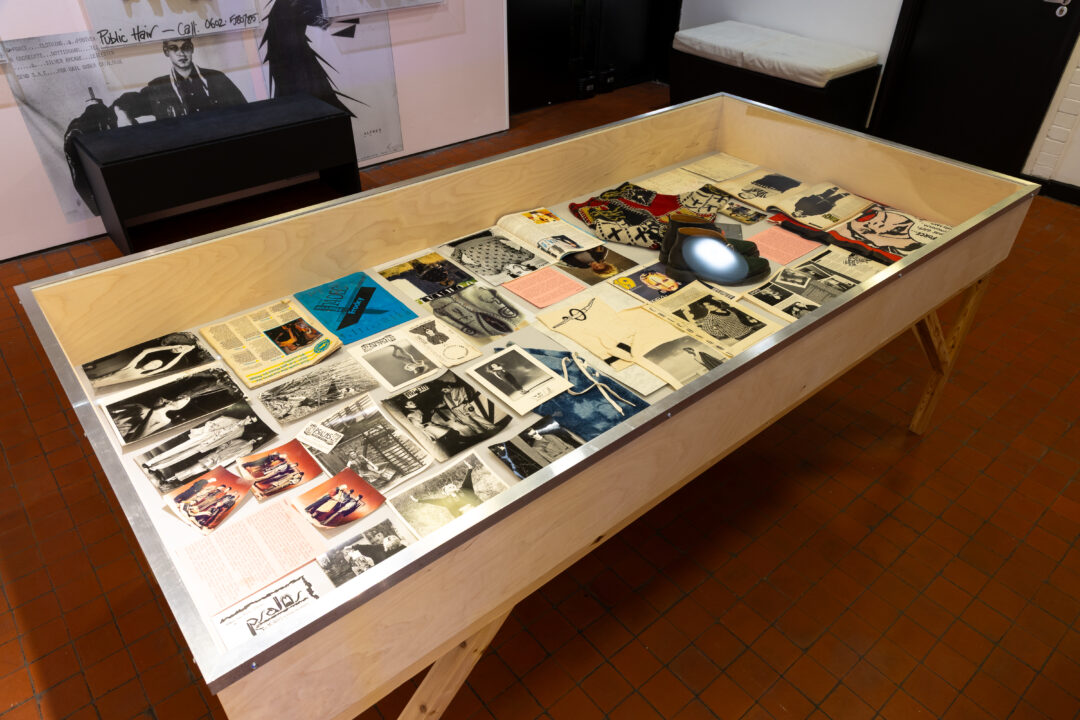
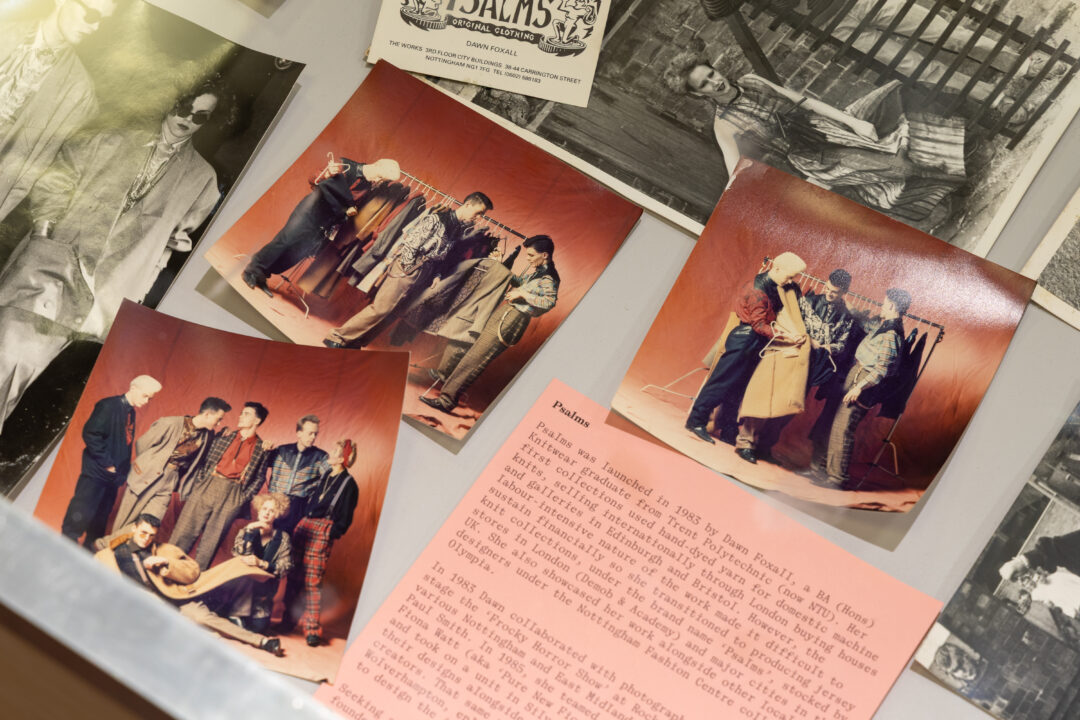
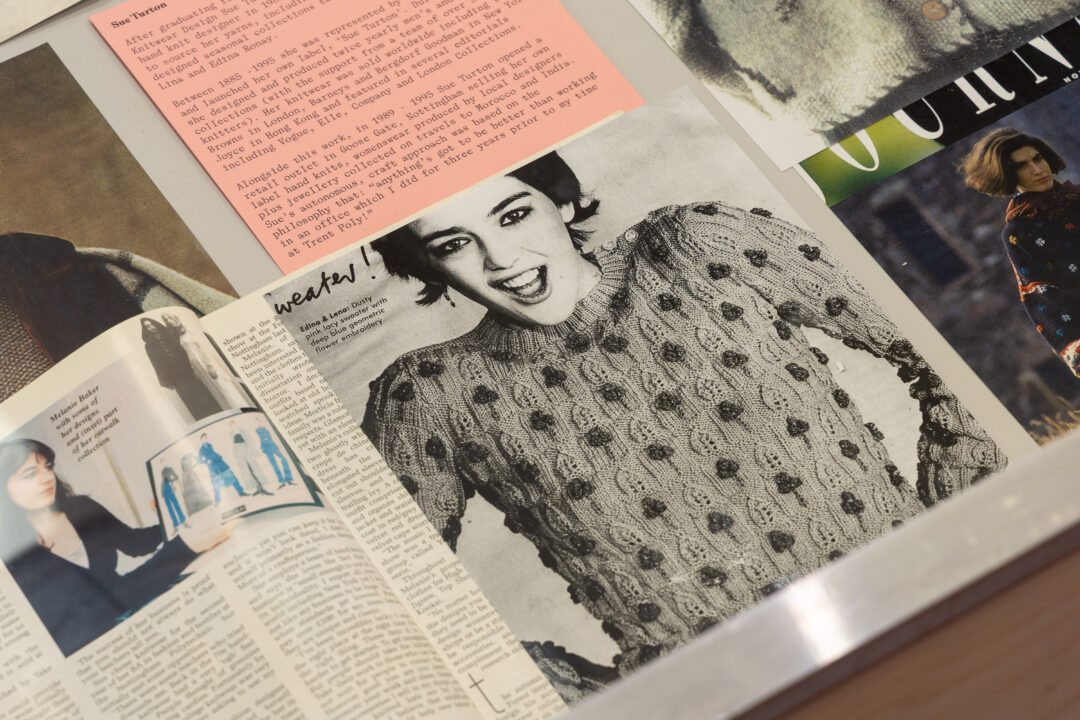
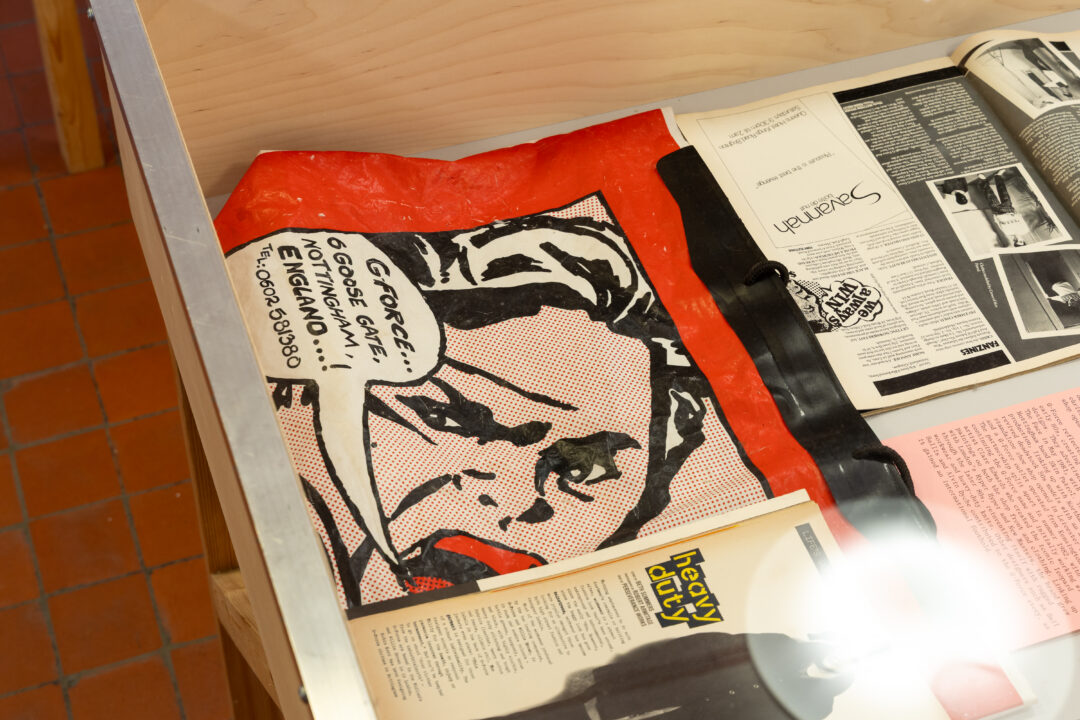

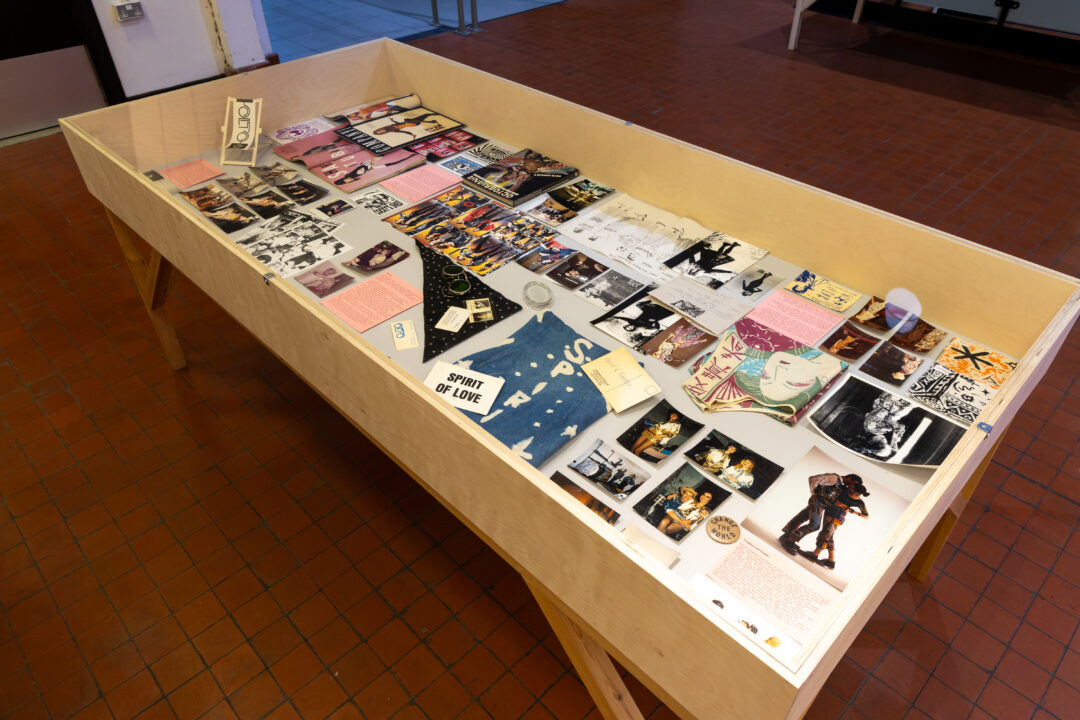
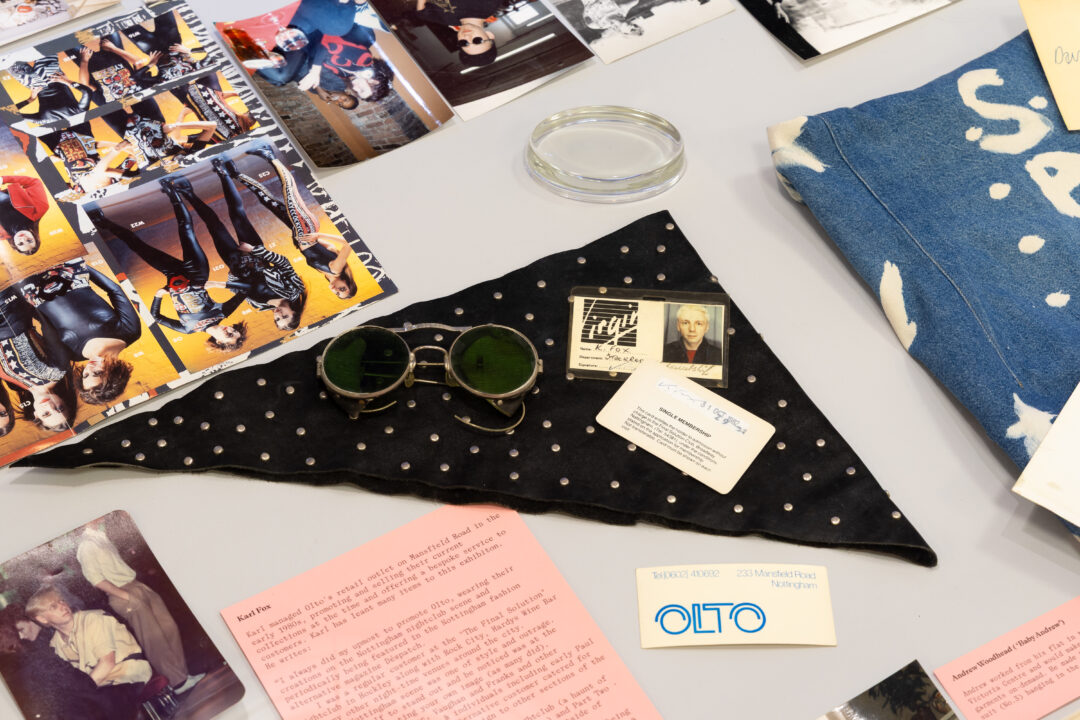

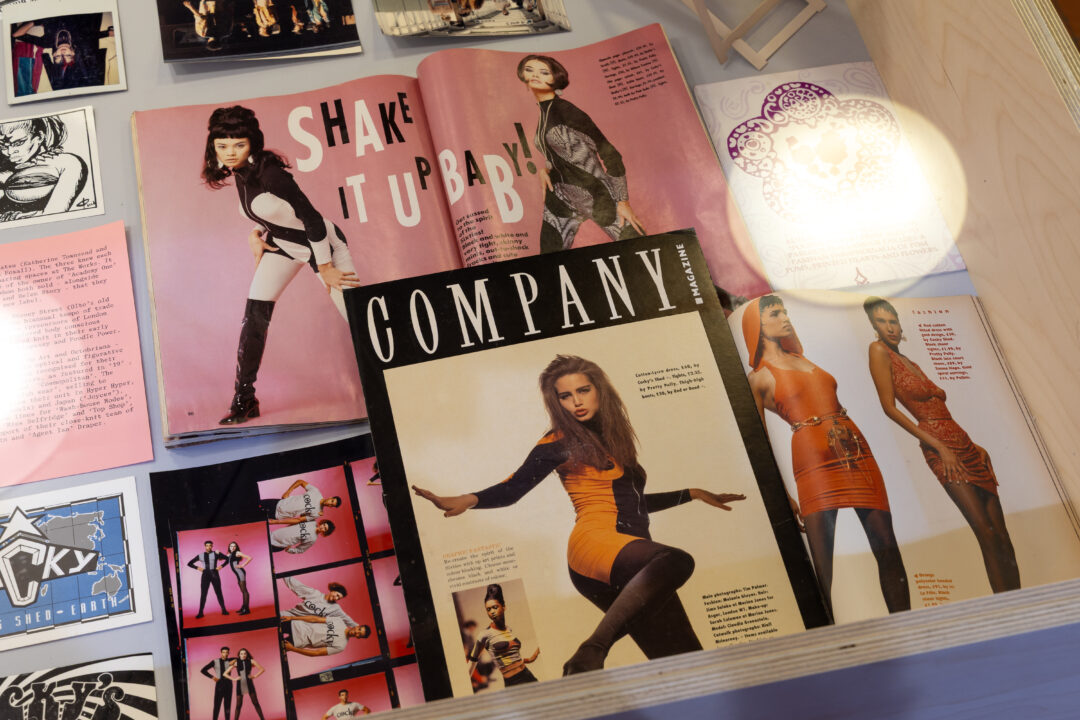
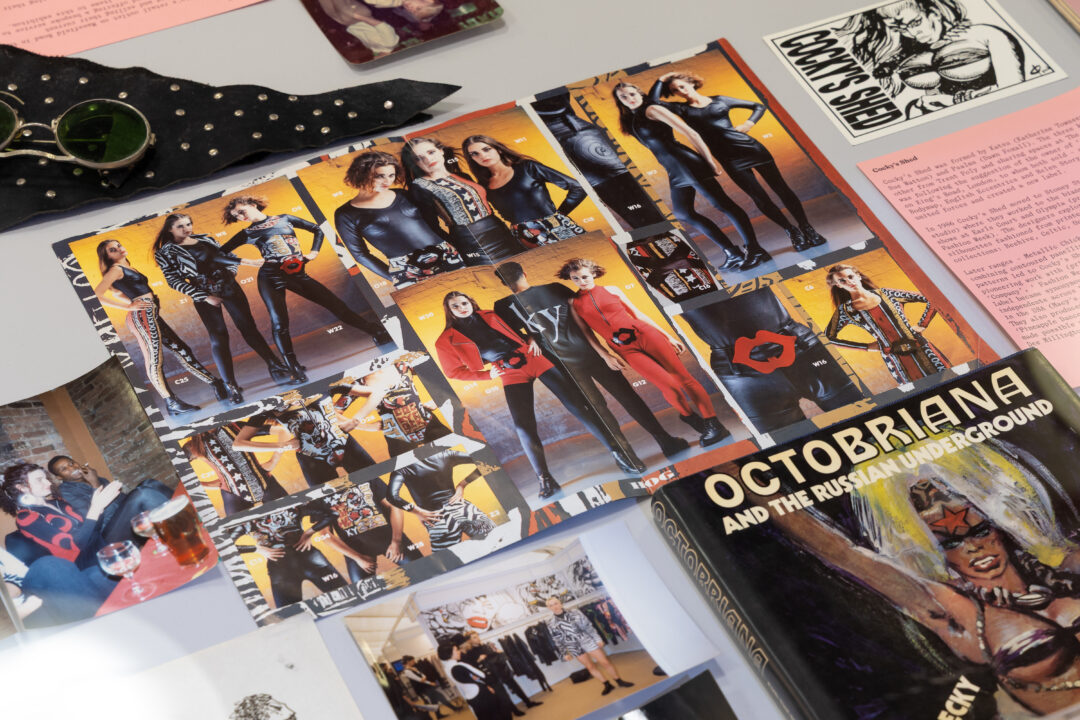
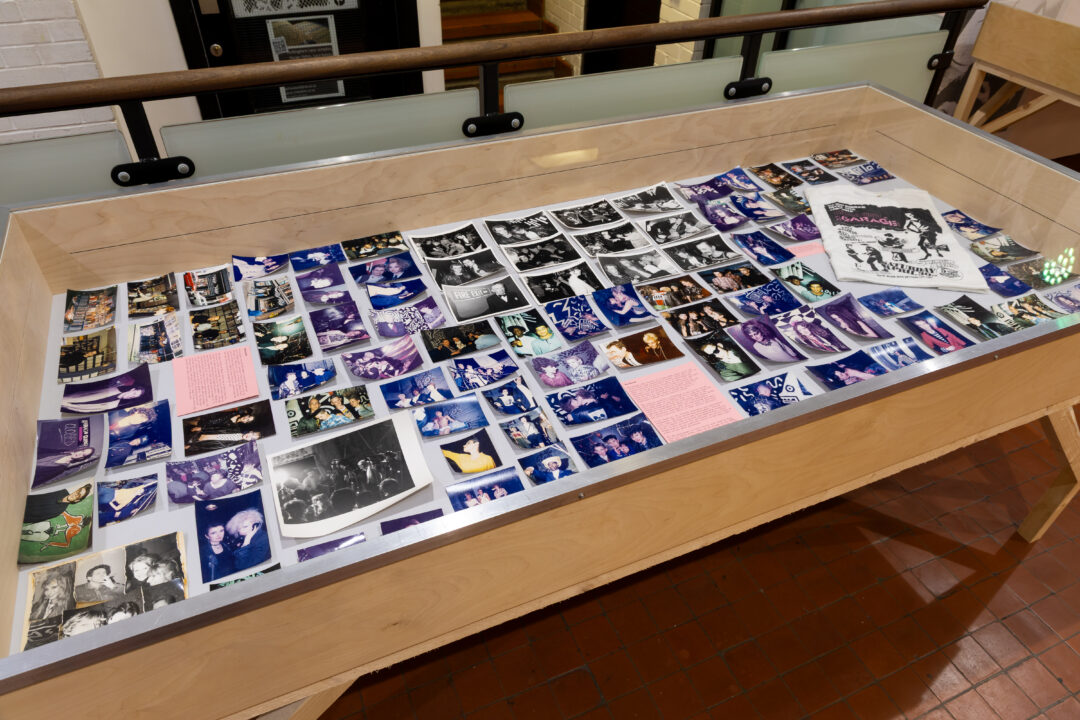
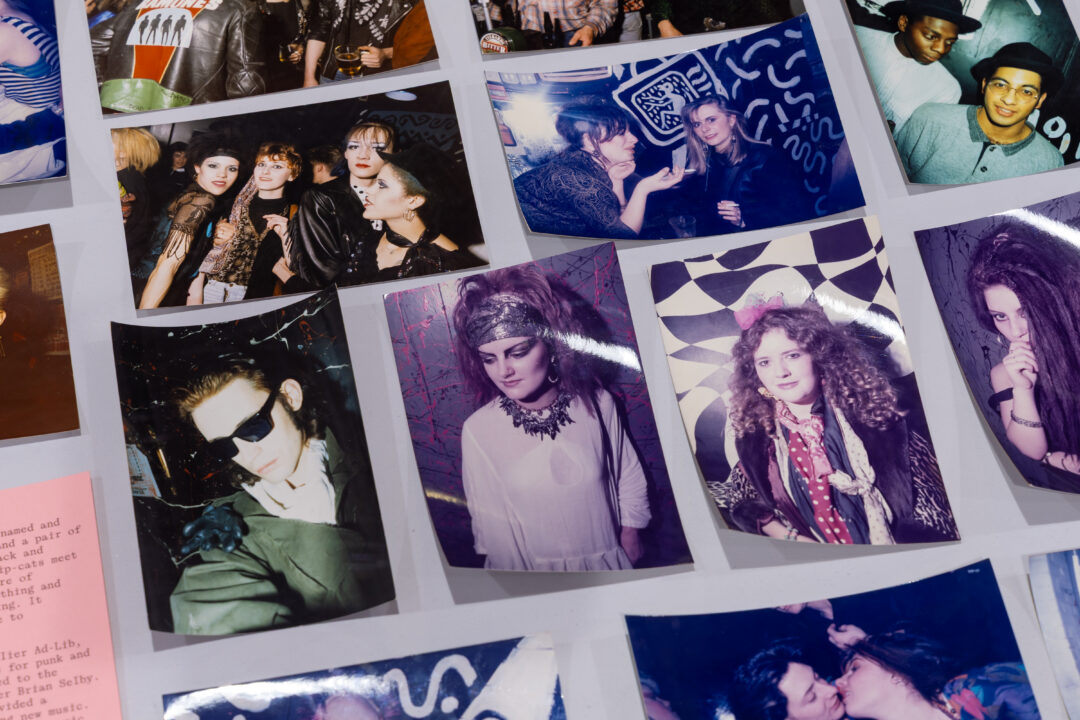
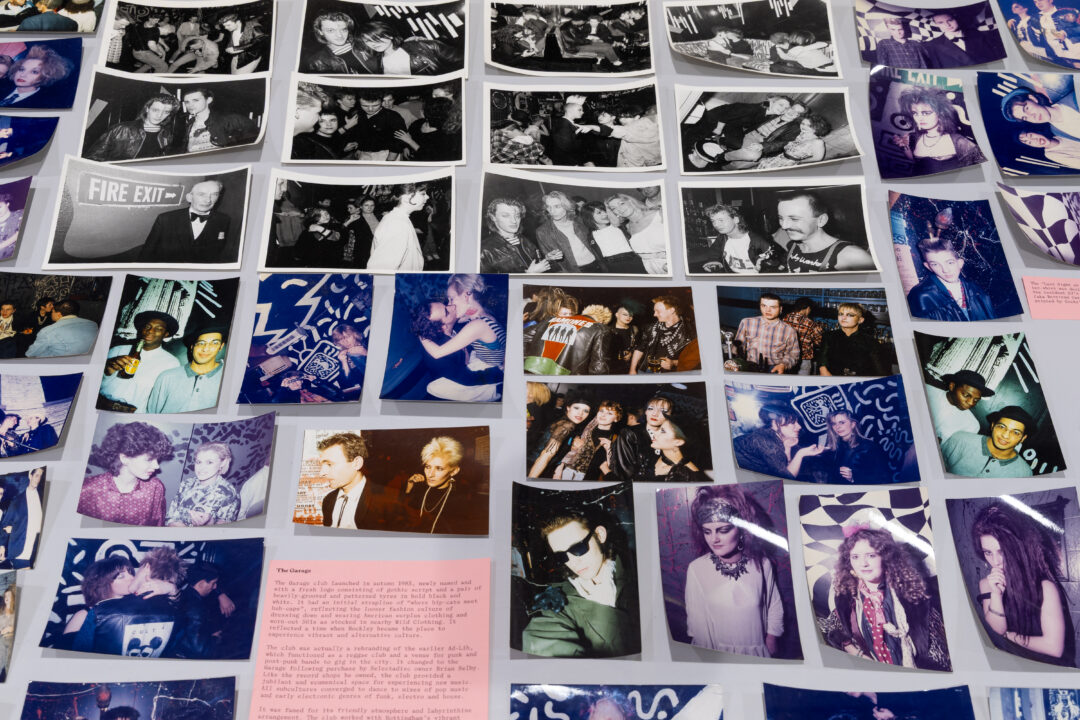
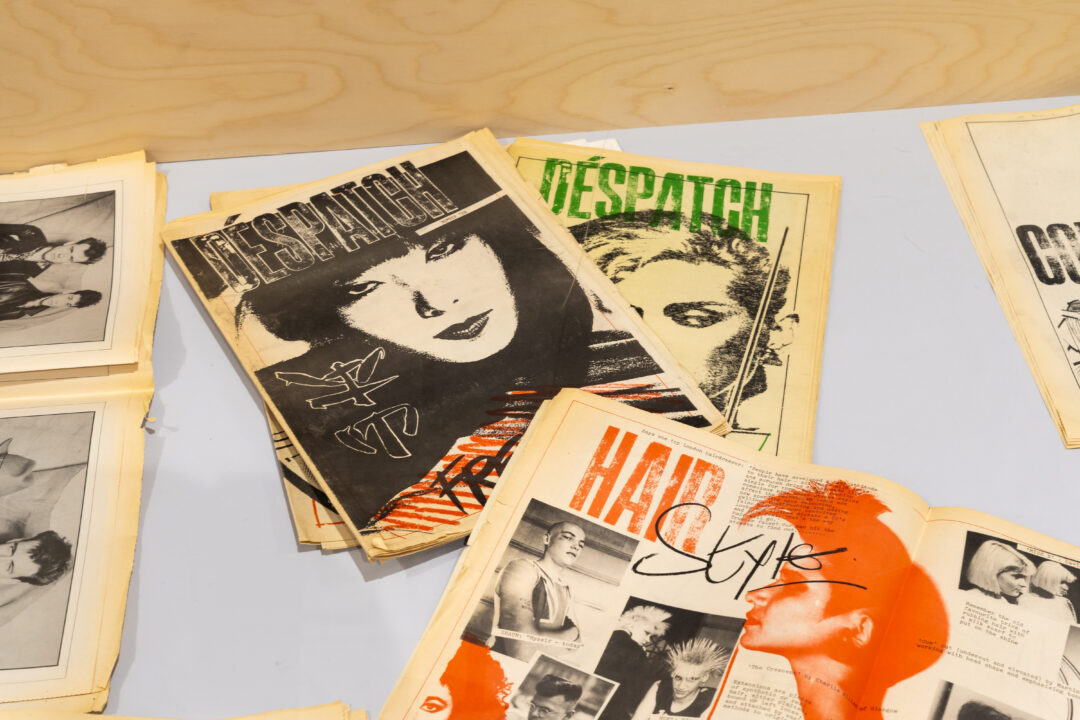
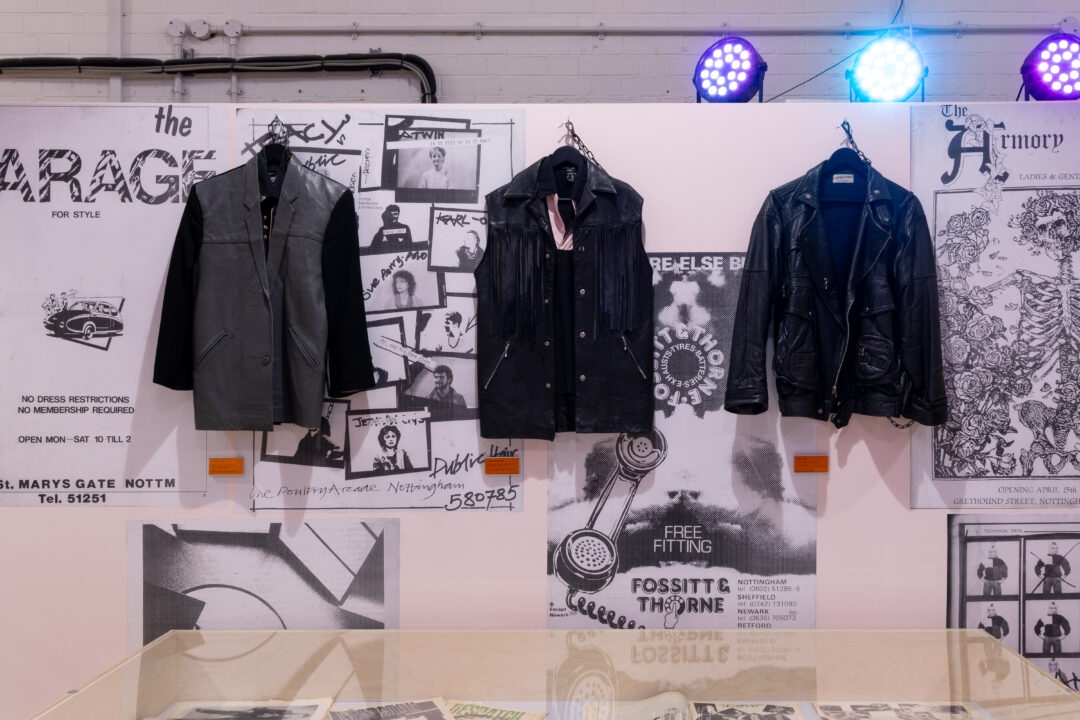
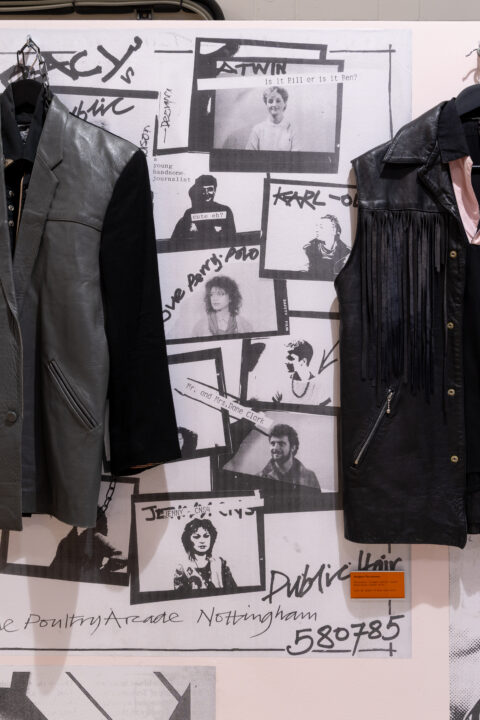

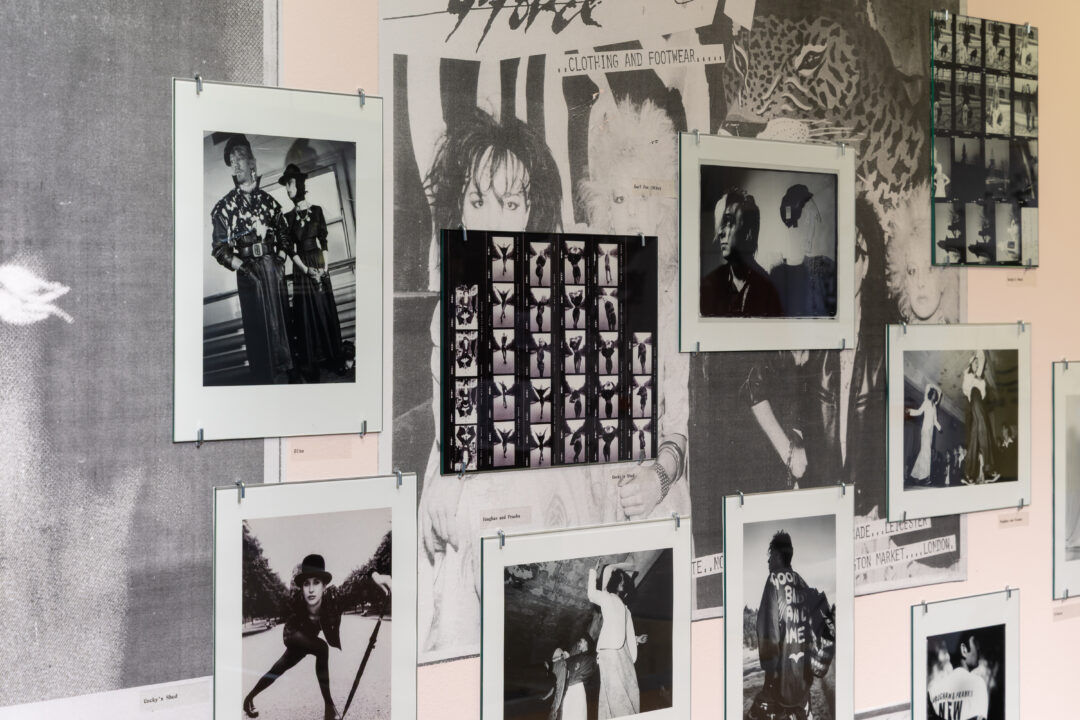
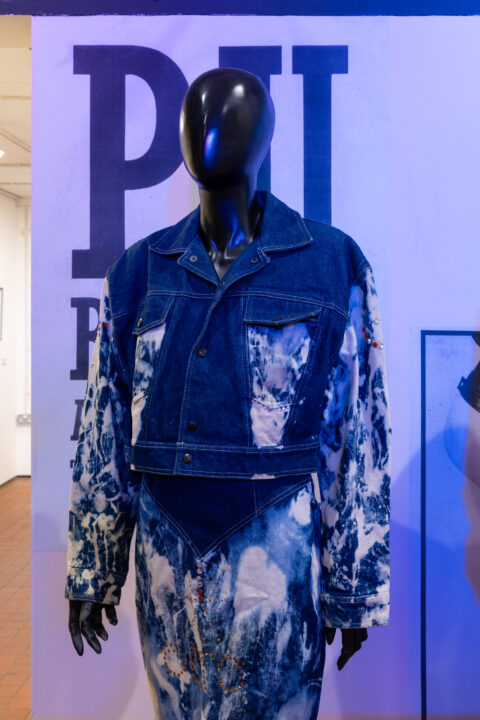
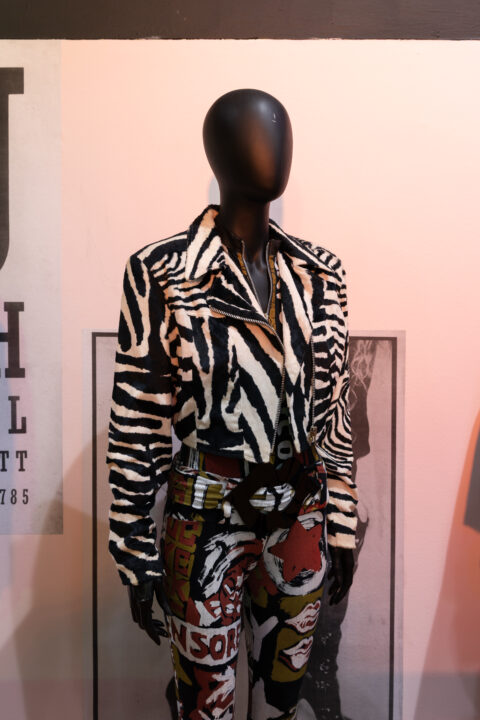
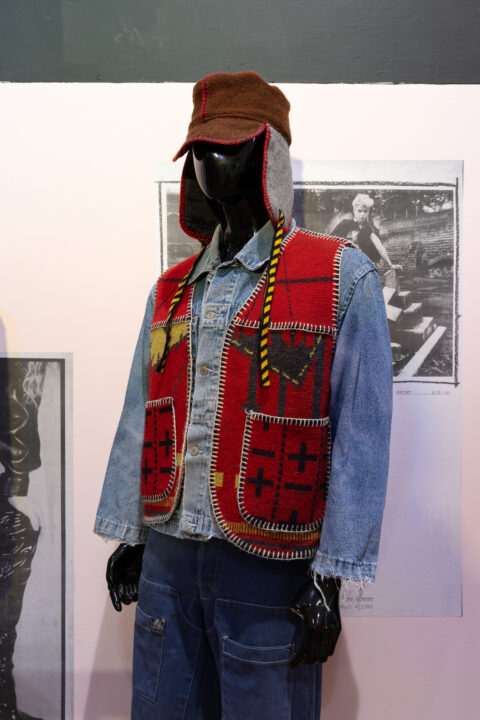
Ian Trowell’s essays
Press
Image: ‘Clockwork Orange’ collection by Olto (now One-BC). Photo by Paul Edmondson, circa 1984.
We’re delighted to invite Hull based The Aimless Archive to deliver the 26th instalment of our Bonington Vitrines programme.
Suggested Starting Points is an exhibition that builds upon a single afternoon The Aimless Archive (TAA) spent in the Bonington Gallery archives.
Each item selected operates as an invitation for the audience to contribute to the exhibition, which can be done via open apertures cut into one of the Vitrines on display. Within this format, TAA aim to question the things that grab attention and what those things can be a catalyst for – reimagining the archive as a place for quick decisions and instinct, and not a place of exhaustion.
This exhibition will expand to include the Bonington Archive Cabinet in the form of Notes Toward Suggested Starting Points, where a collection of papers and notebooks generated by TAA will lay bare the process behind the presentation in the Vitrines.
—
The invitation to TAA to make a project with us follows an extensive (and still ongoing) period of organisation of Bonington Gallery’s own 50+ year archive. By bringing external voices into this work, we hope to analyse, question and potentially disrupt inherited processes and attitudes towards the organisation of historical materials. We hope to explore methods for how archives can be activated in ways that better match their often more subjective origins.






























The Aimless Archive works across text – conversation – performance – collecting. It questions what we keep and what we get rid of by generating starting points for new and collaborative work, building archives as places for reflection and evaluation, and presenting unfinished and ongoing work. Repeatedly working in the area where artists and audiences meet, outcomes often take the form of (a book – a box – a by-product) or (a workshop – a scanned doc – a re-drafted piece of writing).
The Aimless Archive on Instagram.

Bonington Gallery is pleased to present an exhibition of paintings by Nottingham based artist Shahnawaz Hussain which capture key buildings and landmarks across Nottingham and the wider county.
Based in Nottingham, Shahnawaz Hussain is a self-taught artist who has been practicing and making art for the past 8 years.
Mostly working in acrylic, oil and watercolour; Shahnawaz travels across Nottinghamshire visiting locally significant buildings and landmarks that either possess a Nottingham Civic Society plaque or are otherwise connected with a famous Nottingham personality or lost industry. Some paintings also depict places and locations that are personal to the artist, such as his house.
In his experimental artworks, form, colour and texture are interwoven and applied via a broad range of perspective techniques, in turn exploring meaning, scale and depth-of-vision to reveal in great detail the underlying nature and composition of his subjects.


Shahnawaz has a particular interest in buildings from the ages of high architecture, particularly those from Victorian, Georgian, Tudor, Arts and Crafts and Baroque styles.
Having lived in Nottingham for most of his adult life he has observed the evolution of the city and wider county over many years, witnessing heritage architecture being irreplaceably lost, or used for purposes different to what was originally intended.
Shahnawaz is an Alumni Fellow at Nottingham Trent University, graduating in 1999 in MSc Multimedia Engineering. His personal website can be visited here, and more information about his practice can be read via this downloadable PDF document created by the artist.














Presented alongside Onyeka Igwe’s solo exhibition history is a living weapon in yr hand, discover a selection of materials selected by the artist, that highlight key women who embraced creative activities to challenge imperialism and imagine new Pan-African realities.
In looking into the history of Pan-Africanism from the 1930s up until Howard Macmillan’s famous Winds of Change speech in 1960, many famed and celebrated men emerge as having spent time in the UK before rising to prominence in Africa, the Caribbean and South Asia as political leaders. The women are lesser known and celebrated, but figures like Amy Ashwood Garvey, Katherine Dunham, Una Marson, Sylvia Wynter and Funmilayo Ransome Kuti played their part using music, poetry, dance and theatre to challenge imperialism and imagine new Pan-African futures.
Join us for a first look round the exhibition on Friday 12 January from 6–8 pm.
Book your free ticket

















Images by Jules Lister
Onyeka Igwe is a London born, and based, moving image artist and researcher. Her work is aimed at the question: how do we live together? Not to provide a rigid answer as such, but to pull apart the nuances of mutuality, co-existence and multiplicity.
Onyeka’s practice figures sensorial, spatial and counter-hegemonic ways of knowing as central to that task. For her, the body, archives and narratives both oral and textual act as a mode of enquiry that makes possible the exposition of overlooked histories. She has had solo/duo shows at MoMA PS1, New York (2023), High Line, New York (2022), Mercer Union, Toronto (2021), Jerwood Arts, London (2019) and Trinity Square Video, London (2018). Her films have screened in numerous group shows and film festivals worldwide.
Currently, she is Practitioner in Residence at the University of the Arts London and she will participate in the group show ‘Nigeria Imaginary’ in the national pavilion of Nigeria at the upcoming 60th Venice Biennial in 2024. She was awarded the New Cinema Award at Berwick Film and Media Arts Festival 2019, 2020 Arts Foundation Fellowship, 2021 Foundwork Artist Prize and has been nominated for the 2022 Jarman Award and Max Mara Artist Prize for Women. Onyeka is represented by Arcadia Missa Gallery.

To accompany The Art Schools of the East Midlands exhibition in our Gallery by John Beck and Matthew Cornford, our Vitrines and Foyer will feature historical materials relating to the history of Nottingham School of Art & Design.
The School was first established in 1843, and counts painter Dame Laura Knight, Desperate Dan creator Dudley D. Watkins, BAFTA nominated director Jonathan Glazer, comedian Matt Berry and visual artist Hetain Patel amongst its notable alumni.
Come along to discover photographs, artefacts, aural histories, press cuttings and more from the art school’s rich 180-year history. Uncover some of the lesser known histories, and hear memories from those who worked and studied here over the years.
This exhibition has been assisted by Researcher & Assistant Curator: Lee Chih Han, Art Museum and Gallery Studies placement from University of Leicester.
























Photographs by Jules Lister
Come along to our launch night on Thursday 21 September, 6 pm – 8 pm for a first look round, alongside Art Schools of the East Midlands in the Gallery.
This exhibition explores the rich history of Nottingham Women’s Centre and the fight for women’s rights in the city.
Starting life in a living room during the second wave of feminism in 1971, Nottingham Women’s Centre is one of the oldest organisations of its kind in the country. It was created to support women and fight for equal pay; education and job opportunities; an end to homophobic discrimination; and an end to violence against women – battles still being fought to this day.
Come along to see material from the Nottingham Women’s Library archives, protest placards from Reclaim the Night marches, and more.
Curated by Diana Ali.































Come along to our launch night on Friday 24 March, 6 pm – 8 pm for a first look round the exhibition, alongside Emily Andersen: Somewhere Else Entirely in the Gallery. There will be free food from 6 pm and a performance from the United Voices Choir at 7 pm.
In the aftermath of World War II, hundreds of new journals emerged across Europe. This explosion of print was a reaction to the years of privation and lack of cultural contact between nations. It also responded to public discussion about what might now constitute a ‘European’ identity – an issue central to processes of reconstruction and reconciliation in the post-war period.
Translations were an important component of many journals. They introduced readers to foreign movements, concepts and writers, increasing awareness of cultural similarities and differences and forged alliances across national borders. This exhibition brings together a number of these magazines and highlights the overlooked and mostly unacknowledged translators.
The translators who worked for these journals are remarkable individuals. Some had been ‘silenced’ by censorship in the interwar period. Many were refugees, displaced by war, who used their knowledge of foreign languages to gain a foothold in a post-war world. All were talented figures, passionately committed to the transnational circulation of ideas. They understood that dialogue across cultural, political and linguistic divides was an essential precondition for peace and prosperity in Europe.
This exhibition has been curated by Alison E. Martin, JGU Mainz/Germersheim, Germany and Andrew Thacker, Nottingham Trent University.




Accompanying Stephen Willats’ exhibition Social Resource for Tennis Clubs in the Gallery, we are pleased to dedicate our Vitrines to Control Magazine – the pioneering journal that Stephen founded in 1965, and continues to publish and edit to this day.
Control Magazine’s focus has always been to provide a resource for artists to discuss their work and, in particular, to make connections with other disciplines including social or computer sciences and technology. Across 21 issues, the magazine has published work and writing by over 150 artists, including John Latham, Roy Ascot, Anthony Benjamin, Dan Graham, Mary Kelly, Helen Chadwick, Tony Cragg, Dennis Adams, Lawrence Weiner, Anish Kapoor, Martha Rosler and Jeremy Deller.
In this presentation we’re displaying issues 5, 6, 7, 8 and 9 which cover the period of time that Stephen lived and worked in Nottingham, producing such projects as Man from the Twenty First Century (1971) and Social Resource Project for Tennis Clubs (1971/2).
Alongside this Vitrines exhibition, we are also delighted to display two new acquisitions to Nottingham Trent University’s art collection. Firstly Art Cognition Manifesto (1969) that Stephen produced and printed here in the Bonington Building and was distributed to various art schools around the country. This continued a tradition of manifesto writing that Stephen had begun in the early 1960s that attempted to shape the thinking of the art community.
The second is The Telephone Conversation, 1974. Although produced 1 – 2 years after Stephen left Nottingham, this interactive work involves several people associated with NTU and was very much informed by the ideas Stephen had been exploring in the city. The work concerns the relativity of people’s perceptions of each other, and the interactive worksheet allows the viewer/participant to construct a model of the situation that reflects their own experience, beliefs and behaviours. Stephen recently stated that his work in the 1970s all came from this singular piece.
Image: Control Magazine Issues 13 and 17, Stephen Willats

















Take a glimpse into the glamorous past of the Alternative Miss World contests with a curated selection of original archival materials and never-before-seen footage, on display in the Bonington Vitrines.
Accompanying Andrew Logan’s solo exhibition The Joy of Sculpture in our main gallery, we are extremely pleased to present archive displays for the past Alternative Miss World contests in our Vitrines. A newly commissioned film by previous Bonington Gallery exhibitor and friend of Andrew, Dick Jewell, will feature alongside the displays, bringing together previously unseen footage (including rare 16mm film) of contests in 1985, 1991 and 2004.
Modelled upon the Crufts dog show, the Alternative Miss World contest is an art and fashion event founded and hosted by Andrew Logan. Andrew acts as both host and hostess for the show, as exemplified by the main promotional image for the exhibition taken by Mick Rock. This alternative beauty pageant has been held irregularly since 1972, most recently in 2018 in its 14th incarnation. Contestants and judges over the years have included David Hockney, Ruby Wax, Leigh Bowery, Grayson Perry, and Zandra Rhodes.
Special thank you to the Special Collections department at De Montford University, Leicester for the generous loan of archive materials.
Header image credit: Alternative Miss World poster, courtesy Special Collections department at De Montford University.











Nottingham Black Archive was founded in 2009 by Panya Banjoko with the aim of researching, collecting and preserving Black history, heritage and culture in Nottingham, from the earliest time to the present day. The collection consists of artefacts donated by the community and interviews collected through project work. Today, the archive holds a growing collection of oral histories, photographs, articles, and books dating back to the 1940s.
In 2012, Nottingham Black Archive began to document the experiences of those who came from the Caribbean to England during the Windrush period. Journeys to Nottingham is a collection of narratives, photographs, and ephemera from people who travelled from the Caribbean to Nottingham during the Windrush era. It is a snapshot of why they came, what they did, and where they worked on their arrival to the city.
Beyond the materials featured in this exhibition, there are full oral history interviews which are housed within Nottingham Black Archive and serve as a record to mark the journeys of people from the Caribbean to England.
Panya Banjoko is a UK-based writer and poet whose work has been published in various anthologies. Banjoko is currently completing a PhD at Nottingham Trent University that focuses on Politics in Poetry and the Role of African Caribbean Writers and Networks in the 1970s and 80s. She has performed widely, including at the 2012 Olympic Games, coordinates a Black Writers network, and is a patron for Nottingham UNESCO City of Literature.








